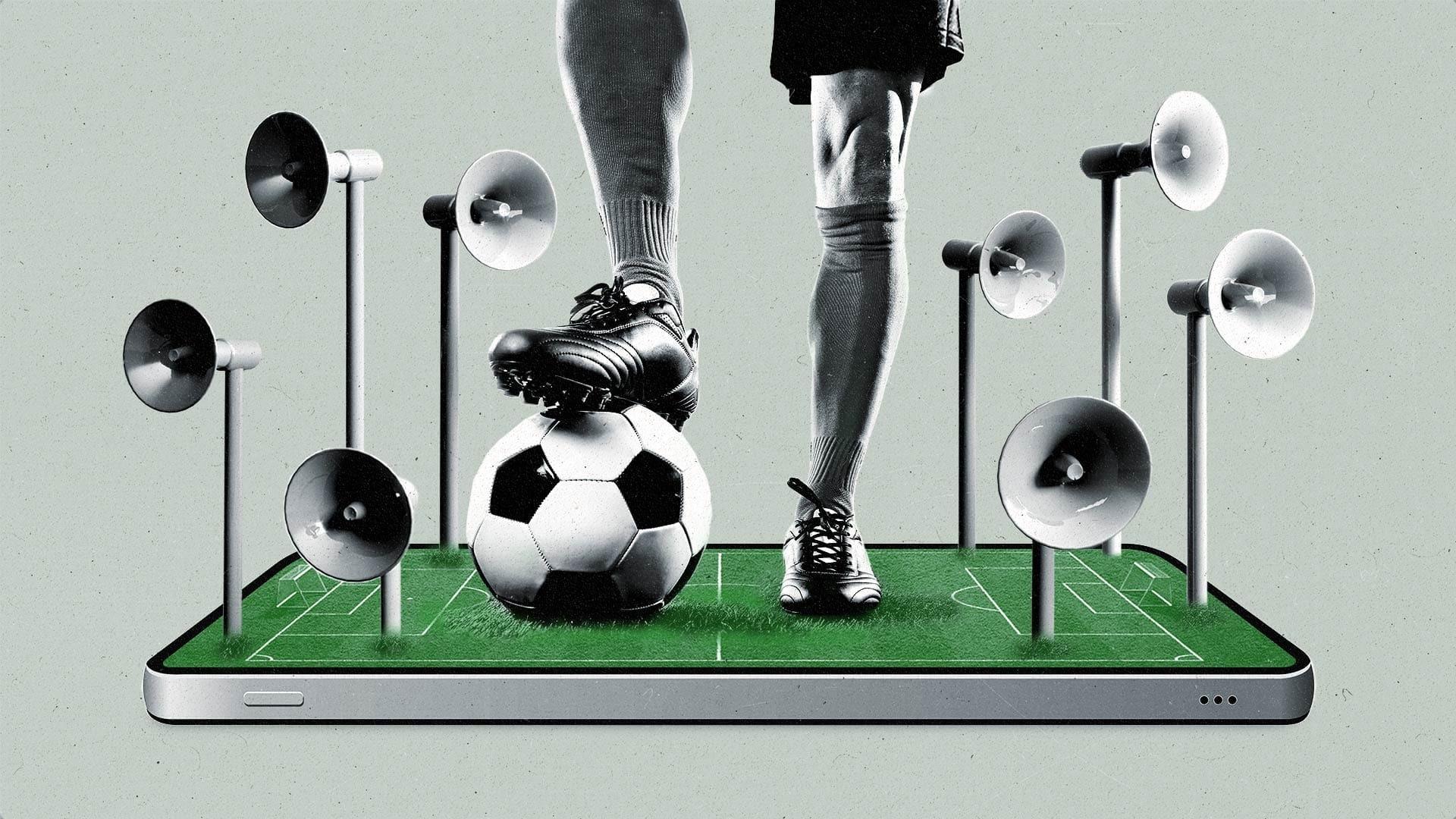FIFA Women’s World Cup 2023: Unveiling squeezeback ads, sold-out ad space, and Optus Sport’s broadcasting strategy

As the advertising potential for women’s sports gains momentum, the industry finds itself perfectly positioned to score big during the highly anticipated FIFA Women’s World Cup.
With an estimated viewership of 2 billion, according to the tournament’s CEO David Beech, predominantly comprising women with significant (and growing) purchasing power, this global event has ignited an advertising frenzy akin to the Super Bowl in the U.S., with slots selling out rapidly. Against this backdrop, broadcasters are enhancing the viewer experience by embracing new ad formats and on-demand recaps.
The convergence of these factors signals a definitive shift in the state of advertising, with the Women’s World Cup emerging as a powerful platform for advertisers to make a lasting impact in front of a massive audience.
“The interest from advertisers is unprecedented,” Clive Dickens, VP of TV, audio, content, and product development at Optus, tells The Current. “For advertisers, as much as sport is a way to reach mass audiences, it’s about brands now wanting to align themselves with a cultural moment.”
Australian subscription video on demand (SVOD) platform Optus Sport has secured official rights to stream all 64 games of the upcoming Women’s World Cup in Australia and New Zealand. Over a span of 29 days starting on July 20, its 10 million subscribers will be able to experience every match through the platform’s immersive coverage.
“The [advertiser] demand has been enormous, because [it’s] not just a sporting event, not just a football tournament, but…2 billion [people] of the world coming together,” says Dickens. “Ad spaces on Optus Sport are 100 percent sold out.”
Captivating the attention of young professional women
The FIFA Women’s World Cup attracts a predominantly female audience, according to Dickens, with a demographic split of 60-40 in favor of women. The driving force behind the tournament’s viewership lies in female professionals and their families. Notably, as of 2020, women have control over $31.8 trillion in global spending, and projections indicate that by 2028, women will command a significant 75 percent of discretionary spending. These statistics highlight the influential role that women play in consumer decisions and underscore the immense potential for brands to connect with this powerful demographic during the Women’s World Cup.
“The sweet spot will very much be females in their mid-30s,” says Dickens. “The shoulder audiences are women in their 20s and then women in their 40s who have children. This audience isn’t just the mums and dads, but the children — particularly female.”
Dickens agrees that these women are the ones making purchasing decisions for the home. “As you get older, you actually become less open-minded to chang[ing] your brand choice, whereas when you’re [younger], you are still making your brand choice around all the things that advertising influences over our lifetimes,” he says.
FIFA introduces squeezebacks for first time
Unlike many other sports that allow advertising throughout the game, football typically presents a unique challenge for advertisers. With uninterrupted live gameplay for 45 minutes, advertisers typically have limited opportunities for ad placements, primarily during halftime and just before the final whistle. However, an exciting development is underway in the realm of FIFA tournaments. In a groundbreaking move, Dickens says that FIFA will be introducing a new form of advertising known as “squeezebacks.” This innovative approach, a first in FIFA’s history and among global tournaments, aims to explore fresh avenues for brand promotion within the game.
A squeezeback is an ad format that reduces the size of the live game to allow other items such as logos, text crawls, or graphics to be seen in the main display area for four to five seconds.
“The advertisement appears around the outside, so it doesn’t actually interrupt play, you’re still watching the ball in play, but it allows the brand to be visible,” Dickens tells The Current.
He adds that advertising plays a pivotal role in ensuring the long-term sustainability of the game. He highlights the strategic approach taken by limiting the number of brands involved to create a meaningful share of voice.
“We’ve also worked with the creative agencies of all the brands around having multiple versions of their creative,” says Dickens.
Amplifying the tournament’s reach and audience impact
Apart from the live matches, Optus Sport will also offer seven different versions of each game for viewers to enjoy on its streaming platform. These versions include a condensed “mini match” capturing the entire game in just 15 minutes, a slightly longer “mega mini” spanning 30 minutes, and the option to watch each half separately on demand.
“Each story, clip, and goal will be repurposed to effectively engage users on [all] platforms, recognizing the unique preferences and behaviors of TikTok-only users, Snapchat-only users, and avid YouTube viewers who seek comprehensive on- and off-field coverage,” says Dickens.
By harnessing the growing popularity and global appeal of the tournament while meeting viewers with its viewing format options, Optus Sport has created opportunity for mass reach. “I confidently predict that 20 million Australians will see at least five minutes of the Women’s World Cup coverage,” he says. “That’s incredible reach. Even if only 5 million or so are watching the game live.”
Subscribe to The Current
Subscribe to The Current